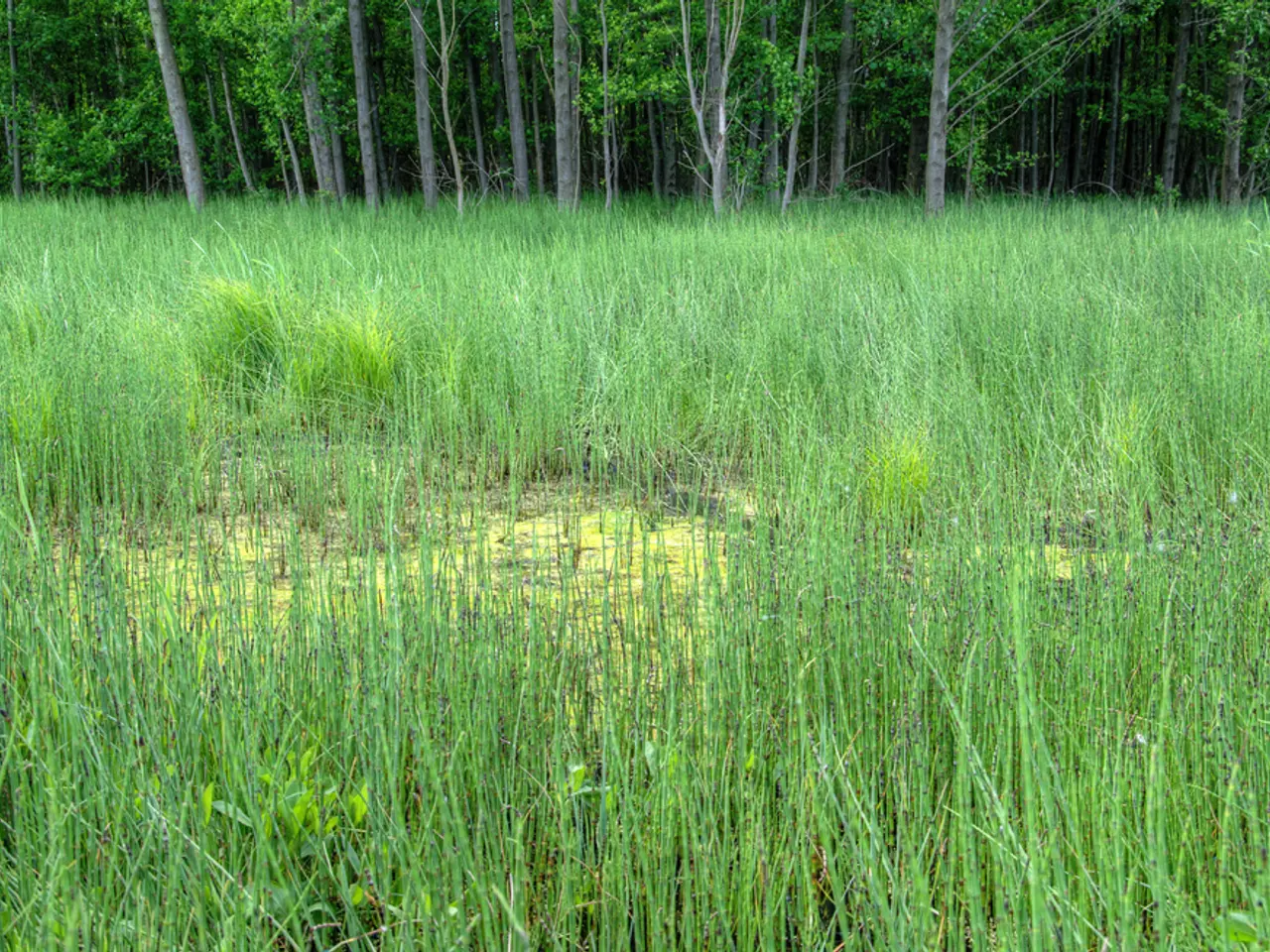Avoiding Common Errors in Driveway Sealing: Guidelines for a Flawless Finish
Sealing Your Driveway: A Guide to Achieving the Best Results
Sealing your driveway can significantly improve its durability and appearance, enhancing the aesthetic of your home. Here's a step-by-step guide to ensure you get the best results.
Choosing the Right Time
The optimal temperature for sealing a driveway is between 50°F and 90°F. Sealing when the driveway and ambient temperatures are within this range, and scheduling 24-48 hours of dry weather for curing, is crucial for a successful sealing job. Applying sealer outside this range, especially in extreme heat or cold, can negatively affect bonding and curing.
Preparation is Key
Before you start, it's essential to clean the surface thoroughly. Remove dirt, debris, oil stains, and loose material. For concrete, etching or sanding smooth surfaces may be required.
Repairing cracks and holes is also vital. Fill small cracks (less than ½ inch) with liquid crack filler and let dry for 4 to 8 hours. Larger cracks (more than ½ inch) should be filled with a foam backer rod and water-based acrylic filler, then allowed to cure for at least a day before sealing.
Mixing and Applying the Sealer
Stir the sealant thoroughly before application. For certain sealers, dilution with water and mixing of components may be needed. Use a brush applicator, squeegee, paint roller, or sprayer to apply a 1-foot wide ribbon of sealer, spreading it evenly. Apply two thin coats rather than one thick coat, allowing 4 to 12 hours drying time between coats for optimal protection and durability.
Practicing Patience
Practicing patience during the curing process can contribute to the longevity of a sealed driveway. It's recommended to wait at least 24 hours before walking on a freshly sealed driveway and up to 72 hours before driving on it.
Tools of the Trade
A squeegee is a good tool for ensuring an even application of sealer. Larger areas can be tackled with a sealer sprayer. A brush is useful for applying sealer to tricky edges and corners.
Maintaining Your Driveway
Keep pets and vehicles off the driveway during the crucial curing period. Understanding the coverage area of the sealer is important to avoid over-applying and achieving an uneven finish. A pressure washer can help clean the driveway surface efficiently before sealing.
The Rewards of a Job Well Done
Admiring the finished sealed driveway can provide a sense of accomplishment and enhance the aesthetic of your home. Sealing a driveway can be a rewarding experience and can help you hone your home-improvement skills.
[1] Home Depot: How to Seal a Driveway [2] This Old House: How to Seal a Driveway [3] Family Handyman: How to Seal a Driveway [4] DIY Network: How to Seal a Driveway [5] Lowes: How to Seal a Driveway
- The advancement of technology and smart systems has paved the way for AI-powered research into innovative solutions for home-and-garden maintenance, such as automated systems for sealing driveways.
- In the realm of lifestyle enhancements, smart glass integrated into home-improvement technologies, like weather-responsive driveway sealers, is a novel concept under active research.
- Forward-thinking research in the field of automation has led to the development of smart sealing systems that can ensure an even application of the sealant, making the job quicker and easier.
- To minimize the time spent on home- and-garden chores, the future may hold smart solutions that utilize AI to detect the optimal time for tasks like sealing a driveway, based on temperature and weather conditions.
- In the arena of home-improvement innovation, there is potential for smart systems to revolutionize maintenance tasks, making projects like sealing a driveway less demanding and more energy-efficient.




